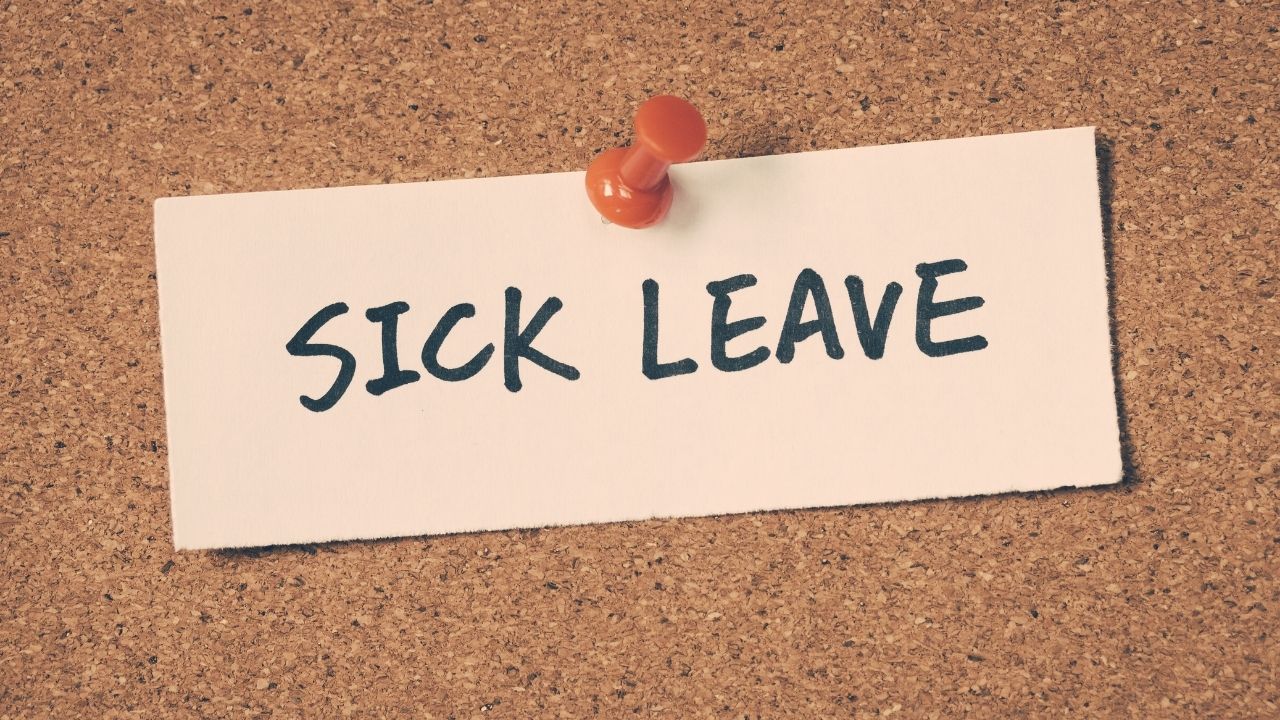On November 24, the Government of British Columbia announced that five paid sick days would become the new minimum standard for workers in British Columbia. The new leave provision comes into effect on January 1, 2022, under the Employment Standards Act (ESA).
Full-time and part-time workers in B.C. will now be eligible for five days of paid leave for illness or injury, in addition to the three days of unpaid job-protected leave already enshrined under the ESA. This replaces the temporary COVID-19 paid sick leave program that expires on December 31.
The new leave provision is anticipated to have minimal impact on unionized employees in the continuing care sector, as the new entitlement does not apply to collective agreements that contain sick leave provisions that “meet or exceed” the employee’s leave entitlement under the ESA.
The announcement comes after a three-month consultation process, during which the government solicited feedback from employers and workers on sick leave options of three, five or ten days.
BCCPA and EngAge BC joined with the Greater Vancouver Board of Trade to urge the government to consider extending the public consultation period due to the ongoing urgency of the COVID-19 pandemic. The Association’s advocacy stressed the importance of sustainable sick leave policies that minimize cost and disruption to the healthcare system, citing the significant financial burden for small business, such as family-funded home health organizations.

Further details regarding the new sick leave provision are expected to become available in the coming weeks – the Association will continue to update the FAQ section below.
Members can also learn more about how paid sick leave will impact the seniors living and continuing care sector by accessing the recording of a recent BCCPA Lunch + Learn led by Danny Bernstein, partner at Roper Greyell.
Frequently Asked Questions
- Who is eligible for the new sick leave?
The new paid sick leave legislation applies to all workers who are covered by the Employment Standards Act (ESA), including full-time, part-time and casual workers.The new leave does not cover federally regulated sectors, self-employed workers, and employees in professions and occupations excluded from the ESA. Unionized workers covered by collective agreements are expected to be largely unaffected by the new leave. - When do workers become eligible for the paid sick leave?
Workers will become eligible for sick leave once they have been employed for 90 days. - What about independent contractors?
The new leave provision does not apply to independent contractors, but employers are encouraged to carefully review the definition of an ‘employee,’ which is broadly defined, when considering if someone is eligible for sick leave or not.Learn more about the distinction between an employee and an independent contractor here. - What about unionized workers and collective agreements?
The new leave provision is expected to have minimal impact on unionized employees in the continuing care sector, as the new entitlement does not apply to collective agreements that contain sick leave provisions that “meet or exceed” the employee’s leave entitlement under theHowever, collective agreements that contain five or fewer sick days may be subject to the new minimum floor. More information about the meet or exceeds provision can be found here. Employers are encouraged to consult their legal counsel.
- How is sick leave pay calculated?
According to the government of British Columbia, employers must pay an average day’s pay for each day of paid leave (where the worker is eligible for the paid leave). To calculate the average day’s pay, use the following formula:
Total wages ÷ number of days worked = an average day’s pay
Base your calculation on days worked during the 30 calendar days before the first day of the leave. Include vacation days. Include all wages – this includes salary, commission, statutory holiday pay and paid vacation. Don’t include overtime. Learn more here.
- Can employers require sick notes?
Within reason. The legislation says employers are entitled to reasonable proof that an employee is sick, but it may be unreasonable to require a medical note in every circumstance. - Is the paid sick leave in addition to the 3-days of paid leave for COVID-19?
The temporary COVID-19 leave expires as of December 31st, 2021. - Are paid sick days calculated by calendar year or employment year?
The sick leave entitlement is calculated by employment year. For example, an employee with a May 1 anniversary date, will have their 5 day entitlement will last May to May, overlapping two calendar years. - Are paid sick days pro-rated?
No, the 5 days of paid leave is not-prorated. This means that employees are entitled to 5 sick days in full starting January 1, 2022 until their anniversary date, when it resets back to 5 days for the next 12 months.




